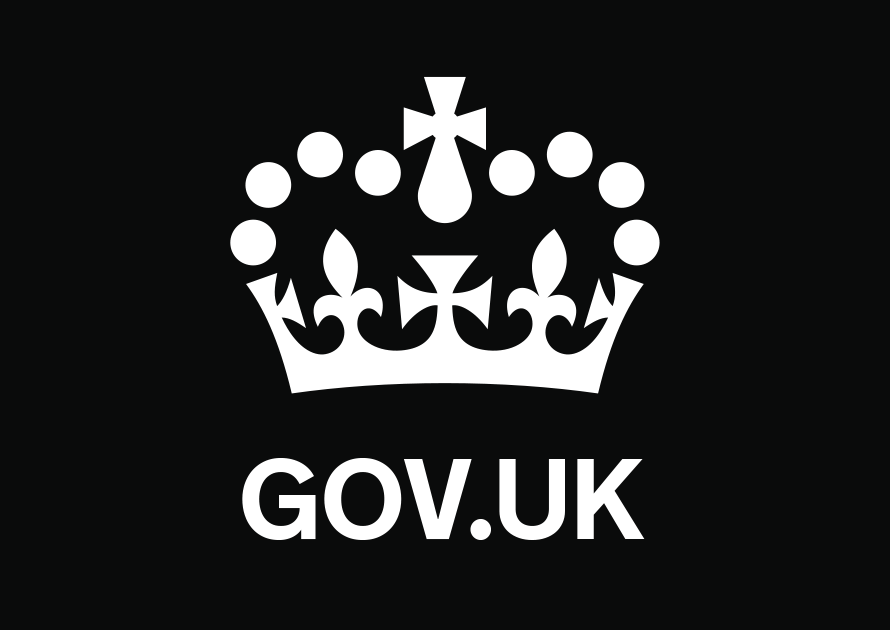Find out how venture capital schemes work, who can apply and what tax reliefs are available for your investors.
How venture capital schemes work
There are 3 schemes designed to help small or medium sized companies grow by attracting investment. They offer tax reliefs to individuals who buy and hold new shares, bonds or assets for a specific period of time.
The company, investor and proposed investment must meet the conditions of whichever scheme you opt for.
You can ask HMRC if they agree your proposal to raise money is likely to qualify before you apply, but you must check the conditions of the scheme first.
Investors
Any advance assurance given to a company using the VCT, SEIS and EIS is only in respect of certain conditions of the venture capital schemes being met based on the information provided by the company.
It should not be read as a more general endorsement or as an indication of potential investment performance. Investors are recommended to consider conducting their own due diligence before making any investment.
Who can apply
Your company must:
- have a permanent establishment in the UK
- carry out a trade that qualifies
- plan to spend the investment on a qualifying trade
- not be listed on a recognised stock exchange at the time of investment
- not be controlled by another company
You must also meet the specific qualifying conditions of whichever scheme you opt for.
Qualifying trades
You must use the investment for a qualifying trade.
Most trades will qualify, including any research and development which will lead to a qualifying trade.
However your company may not qualify if more than 20% of your trade includes things like:
- coal or steel production
- farming or market gardening
- leasing activities
- legal or financial services
- property development
- running a hotel
- running a nursing home
- generation of energy, such as electricity and heat
- production of gas or other fuel
- exporting electricity
- banking, insurance, debt or financing services
Find a full list of, and more information about non-qualifying trades.
Limits on the money you raise
There’s no minimum, but there’s a maximum amount you can raise depending on which scheme you opt for.
The maximum amount you can raise in the lifetime of your company for:
- SEIS investments is £150,000
- EIS and VCT investments is £12 million
There may be higher limits if your company carries out research, development or innovation and meets certain conditions.
The Enterprise Investment Scheme (EIS)
Your company (or group of companies if you’re a parent company) may qualify if at the time of investment it has:
- no more than £15 million in gross assets
- less than 250 employees
- been no more than 7 years since it’s first commercial sale
There may be higher limits if your company carries out research, development or innovation and meets certain conditions.
Find out more about EIS.
The Seed Enterprise Investment Scheme (SEIS)
Your company (or group of companies if you’re a parent company) may qualify if it is less than 2 years old, and at the time of investment has:
- no more than £200,000 in gross assets
- less than 25 employees
- not previously carried out a different trade
You will not qualify if you’ve already had investment through EIS or a VCT.
Find out more about SEIS.
Social Investment Tax Relief (SITR)
Tax reliefs under the SITR scheme will not be available for new investments made on or after 6 April 2023.
Venture capital trust (VCT)
A VCT is a company that has been approved by HMRC and invests in, or lends money to, unlisted companies.
A VCT may invest in your company if it has:
- no more than £15 million in gross assets
- less than 250 employees
- not been more than 7 years since its first commercial sale
There may be higher limits if your company carries out research, development or innovation and meets certain conditions.
Find out more about VCTs.


